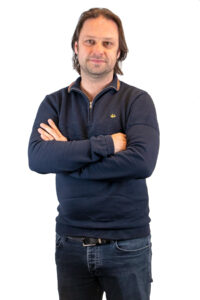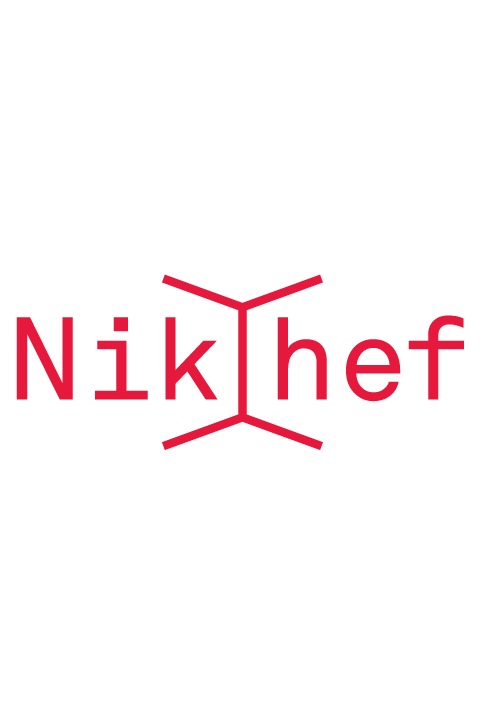‘Fortunately Englert won too’
Tristan du Pree, Nikhef staff in the ATLAS group
‘July 4 is what we physics nerds have been calling Higgs Independence Day since 2012. I was a post-doc in Louvain-la-Neuve but in Brussels that day, with the Belgian particle physicists to watch the stream of the announcement from Geneva. Brussels was historically correct. That’s where Englert and Brout worked in the 1960s on what is now called the Higgs mechanism.
In Brussels everyone was very happy about the discovery, and I did my first and only interview there in French. But there was also concern about whether the inevitable Nobel Prize would go only to Higgs, or surely also to Englert who sat next to Higgs in Geneva. Fortunately, they both got it in 2013, and the now-deceased Brout was also emphatically mentioned.
I myself was at that time working on the decay of the Higgs particle to bottom quarks. The group in Louvain-la-Neuve is part of the CMS experiment, the opposite neighbors to the accelerator of ATLAS, the experiment I now work for at Nikhef.
At ATLAS, I am also focusing again on the Higgs particle, and now especially on the couplings with the charm quark. The Higgs particle couples to W and Z; that’s how the particle was even discovered. The question is whether the coupling is also there for lighter particles like the quarks. For top and bottom we know that. But for example charm is still exciting.
The beauty of the Higgs particle is that very many fundamental questions in particle physics are directly related to mass. And thus with the Higgs field, which gives that mass. The research program is much richer than we thought ten years ago, also because our techniques work better than we thought possible then.
My first question to a Higgs particle at the bar: how exactly did you roll down when the symmetry broke? The biggest challenge now is to produce two Higgs particles at the same time. From their coupling, we may be able to learn what role the Higgs particle played in the creation of matter right after the Big Bang.’

